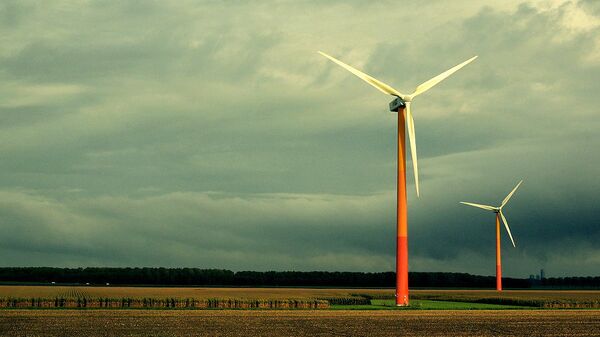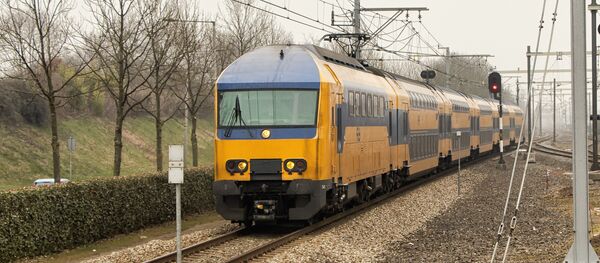The proposed island would be 6-square km (2.3 square miles) and be built on Dogger Bank, a large sandbank about 60 miles from the east coast of the UK.
"We haven't let our fantasy gain the upper hand, although it may sound a little crazy and like something out of science fiction," said Torben Glar Nielsen, technical head of Denmark's government-owned energy provider Energinet.dk. "We who have the responsibility of transporting the electricity generated by offshore wind turbines back to land and the consumers must constantly push and make sure that the price continues to fall. That requires innovative big-scale solutions, and an energy hub in the North Sea is worth thoroughly looking into."
Energinet.dk estimates that it would cost 10 billion Danish kroner ($1.42 billion) to build the island. That does not factor in the cost of the thousands of wind turbines, as well as a harbor and airstrip.
But such a project might be worth the investment. Strong winds are a daily occurrence over the North Sea, and the waters at Dogger Bank are very shallow, at some 15 to 36 meters (49-118 feet) then the surrounding ocean. It would be cheaper to build turbines shallow water, and they would generate power near-constantly. Energinet.dk claims that the island could generate 30 gigawatts (GW) of wind power and be the first of a network of wind-farm islands providing power to 80 million Europeans.
Energinet.dk is teaming up with TenneT, the Netherlands' national power company, who also operates in Germany. They expect to ink a deal on March 23.
They are not the first ones interested in maritime wind farms. The United Kingdom announced in 2015 that they were planning to install a wind farm of their own on Dogger Bank. The project, meant to produce 4.8 GW of wind power, is still in planning stages.
Although we tend to think of artificial islands as a very modern or futuristic notion, humans have been building them for millennia. The Aztecs built their capital city of Tenochtitlan (modern day Mexico City) on a series of artificial islands. The Netherlands know a thing or two about artificial land themselves, as one of their provinces, Flevoland, consists almost entirely of artificial land built in the 1950s and 60s.
"It would fundamentally be an island of stone and sand with a range of electrical and other installations — a runway, harbour, accommodation, materials and so on. There are already artificial islands [in Denmark] in connection with the Great Belt and Øresund bridges, and also others abroad that are inhabited," said Energinet.dk spokesman Jesper Nørskov Rasmussen, in an email to The Local.
Energinet.dk CEO Peder Østermark Andreasen said: "Offshore wind has in recent years proved to be increasingly competitive and it is important to us to constantly focus on further reduction in prices of grid connections and interconnections.
"We need innovative and large-scale projects so that offshore wind can play an even bigger part in our future energy supply."




